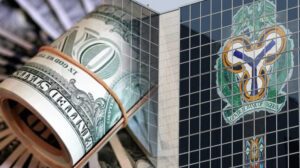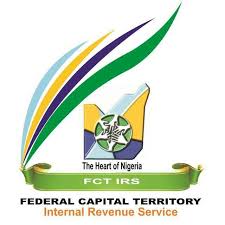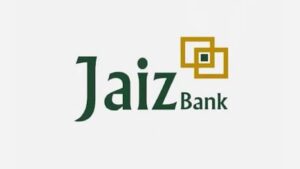IMF projects Nigeria to spend 92% of revenue on interest payments in 2022
…Expects FG’s debt to grow to N70.85 trillion in 2022
The Federal Government’s gross debt interest payments (percent of FGN revenue) is projected to grow by 92% in 2022 from 85.5% in 2021.
This is according to a report titled “Nigeria Staff Report for the 2021 Article IV Consultation,” published by the International Monetary Fund.
As at the end of September 2021, debt-servicing-to-revenue ratio stood at 76%, implying that 76 kobo out of every N1 earned by the government was spent on payment of interest on debts. IMF’s latest statement estimates the debt-servicing-to-consolidated revenue (total revenues of the government and its agencies) for 2021 and 2022 at 29% and 32.8% respectively.
IMF in the latest report said the projections were sourced from Nigerian authorities and its staff estimates and projections.
In a table titled, ‘Nigeria: Federal Government Operations, 2017–26,’ the IMF said Federal Government’s debt is expected to grow to N70.85 trillion in 2022, N83.17trillion in 2023, N97.80trillion in 2024, N115.38trillion in 2025, and N136.11trillion in 2026.
The Fund expects the country’s revenues and grants in the year to cap at 7% of total output. Last year’s rate was estimated at 7.4%, which is much higher than 6.3% achieved in 2020.
It said Nigeria’s economy is recovering from a historic downturn benefitting from government policy support, rising oil prices and international financial assistance.
The IMF said, “Nigeria’s level of public debt increased sharply last year due to the COVID-19 crisis. Public debt had been on an increasing path in the last decade reaching 29 per cent of GDP in 2019 from 9% in 2009, driven by primary deficits as weak non-oil revenue mobilization failed to compensate for falling oil revenues.
“In 2020, the sharp decline in oil revenues increased public debt further to 35 per cent of GDP. The debt-to-GDP ratio is expected to increase in the medium term to 43 per cent of GDP, despite favourable growth-interest rate dynamics. Gross financing needs are expected to increase to 8.9 per cent of GDP in 2021 from 7.3% in 2020, and to 11.4% in the medium term.”
It went on to say that, despite interest payments accounting for only 2% of GDP in 2020, interest payments accounted for 89 percent of the Federal Government’s income, indicating a lack of domestic revenue mobilisation potential.
The government’s interest-to-revenue ratio is likely to drop somewhat to roughly 86 percent in 2021 before rising to 139 percent by 2026, according to the report.
Government spending is expected to climb by 69.91 percent from N17.24 trillion in 2022 to N29.29 trillion in 2026, according to the Washington-based lender.
It also projects government expenditures of N18.57trillion in 2023, N21.51trillion in 2024, N25.24trillion in 2025, and N29.29trillion in 2026.
Recurrent expenditure will account for most of government’s spending, rising to N13.59trillion in 2022, N14.69trillion in 2023, N17.47trillionin 2024, N20.67trillion in 2025, and N24.12trillion in 2026.
While capital expenditure will account for a fraction of the spending, accounting for N3.65trillion in 2022, N3.88trillion in 2023, N4.04trillion in 2024, N4.57trillion in 2025, and N5.18trillion in 2026.
Even as spending rises, government revenue is expected to fall short of spending. Total government revenue is predicted to reach N5.23 trillion in 2022, N6.25 trillion in 2023, N6.87 trillion in 2024, N7.66 trillion in 2025, and N8.57 trillion in 2026, according to the IMF.
The CBN is expected to finance the Federal Government’s spending with N12.01 trillion in 2022, N12.32 trillion in 2023, N14.64 trillion in 2024, N17.58 trillion in 2025, and N20.73 trillion in 2026, resulting in a budget deficit of N34.57 trillion over the five years.




